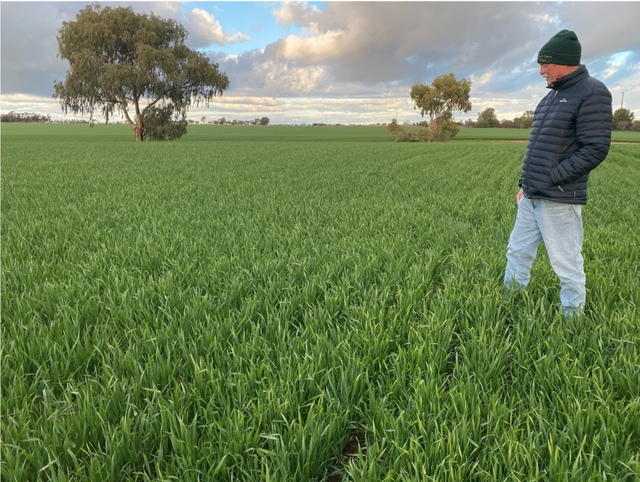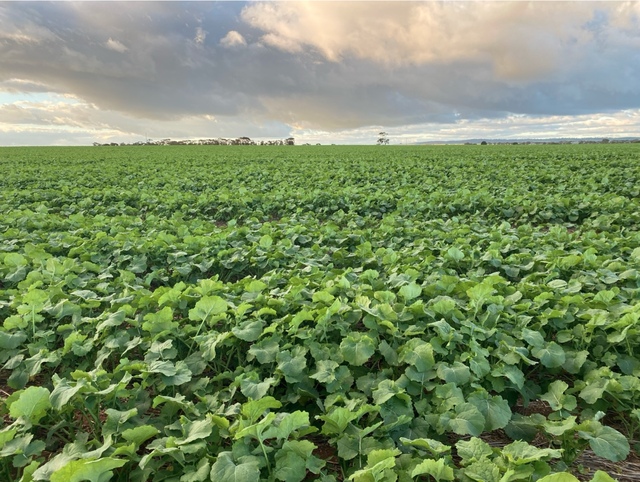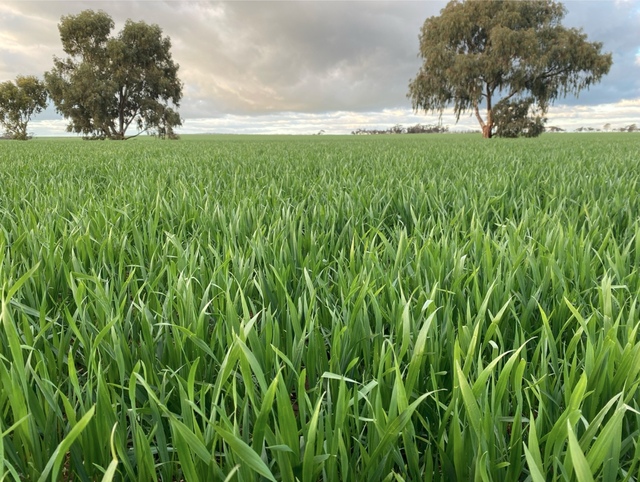I caught up with Paul Lange from Centre State Exports this week and he furnished me with the latest grain market update hot-off-the-press, thanks to his colleague Tom Reichstein.
Not so ‘Dry July’
You might be getting tired of seeing the rain chart by now, but widespread rainfall across Australia’s winter cropping regions in July is music to every grower’s ears.
South Australia received a great finish to July. Most areas on the Eyre Peninsula, Yorke Peninsula, Mid North and South East of SA saw 30-60mm over a three-day period.
The Mallee and upper South East of SA only saw 10-30mm fall in the same period, however for some, this was their biggest rainfall event for the year.
There is still a long way to go for some, but this moisture now presents an opportunity to try save what they can for the 2025 season.
According to DAS — an Australian satellite imagery and data analysis company focused on crop type, emergence, and in-season growth — about 30 per cent of winter crops had not fully established by early July.
Thanks to improved conditions, that figure has now dropped to 20 per cent by the end of the month. Despite the improvement, crops across parts of South Australia are still tracking 20 to 40 days behind the average seasonal progress.
Global markets – Wheat
There is not much exciting news in grain markets at the moment. We only tend to see price increases at this time of the year when there are significant production issues in overseas markets, however that is not the case this year.
CBOT wheat futures fell to their lowest levels in more than two months on Wednesday night, down to 524c/bu, falling back from 590c/bu in mid-June (close to A$40/mt).
The market has been under pressure in recent weeks due to progress of the northern hemisphere harvest, improving spring crop conditions and very limited demand from importing countries.
Winter wheat harvest in the US is now 80 per cent complete, while improved weather forecast of spring wheat crops is adding to the already over supplied global wheat market.
In trade and tariff negotiations with President Trump, several Asian countries have struck ‘quid pro quo’ deals with the US. Indonesia has agreed to double their US wheat imports to 1mmt; Japan will invest $12 million in US agriculture and Bangladesh has committed to buying 700kmt of US wheat annually.
Each of these deals are an attempt to smooth relationships and limit the amount of export tariffs imposed by the US. With a majority of Aussie wheat destined for the Asian market, these deals may continue to subdue the already difficult export market in Australia.
In the Black Sea, SovEcon has raised their production estimates 600kmt to 83.6mmt and overall wheat exports up 400kmt to 43.3mmt. This is on the back of general improvement in the central regions of Russia in the latter parts of the season.
However, the start to harvest in the Black Sea was delayed due to excessive rain in parts with reports that up to 80 per cent of Ukraine’s wheat could be downgraded to feed quality.
The delay has seen July wheat exports out of Russia at 2.1mmt compared to the five year average of 3.1mmt. It is expected that August and September shipments will make up the difference once grain is available.
Adding to this, currently the Russian export tax is at zero making it more competitive than previous seasons, further adding to the global oversupply.
Canola
Hopefully some positive news in the Australian canola market moving forward, with the Chinese Government allowing 5 trial shipments of approximately 150-250kmt.
Australia has been banned from exporting canola into China since 2020, when their government raised concerns around disease risks, such as blackleg, impacting Chinese growers.
Political strong arming at its finest. The timing of the ban was during the early stages of COVID pandemic, where at the time, the Australia
Government called for an enquiry into its origin.
Last year, Canadian canola came under similar scrutiny and faced an anti-dumping investigation. This in fact, stemmed from Canada imposing tariffs on Chinese EV’s.
When Australian canola was banned, Canada took up the slack. We are now hopeful that these trial shipments will grant greater access in the seasons to come. It would be beneficial, particularly to our GM Canola market, if the ban is permanently lifted.








